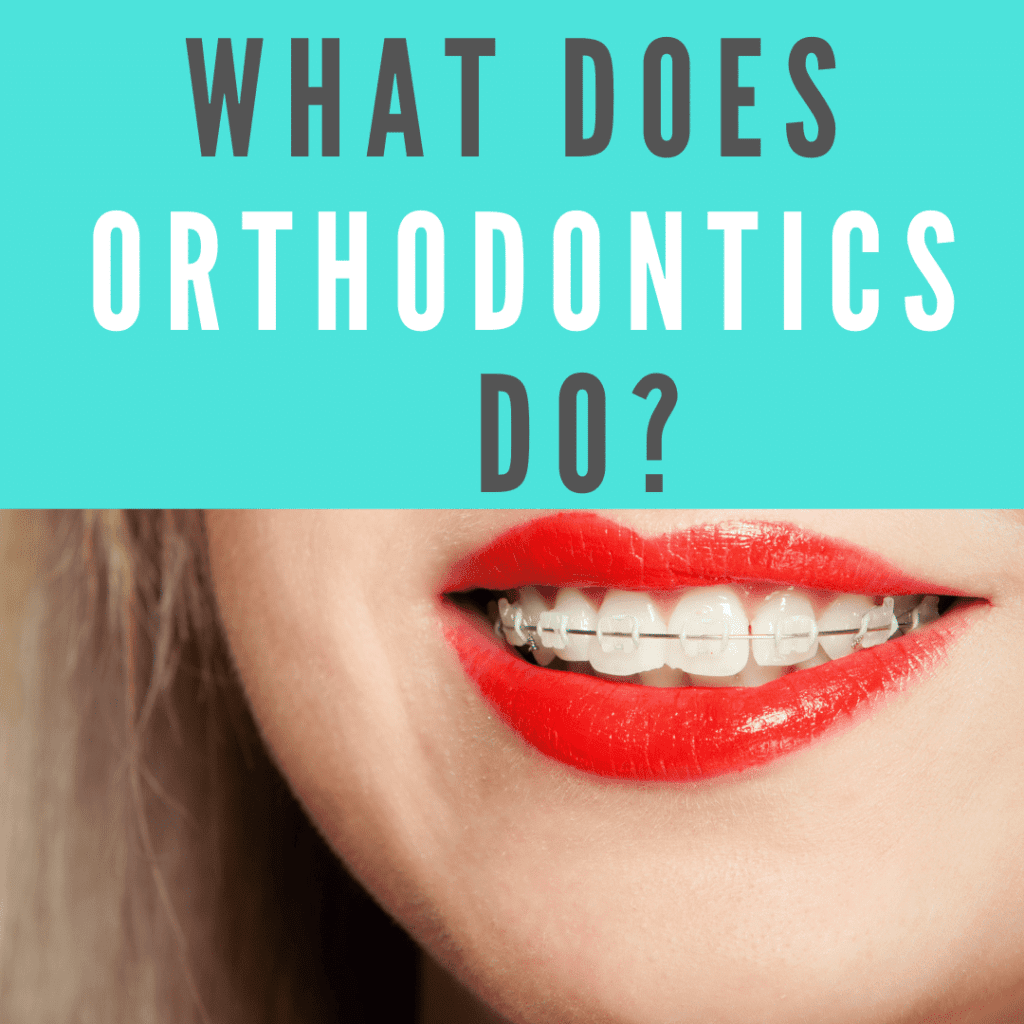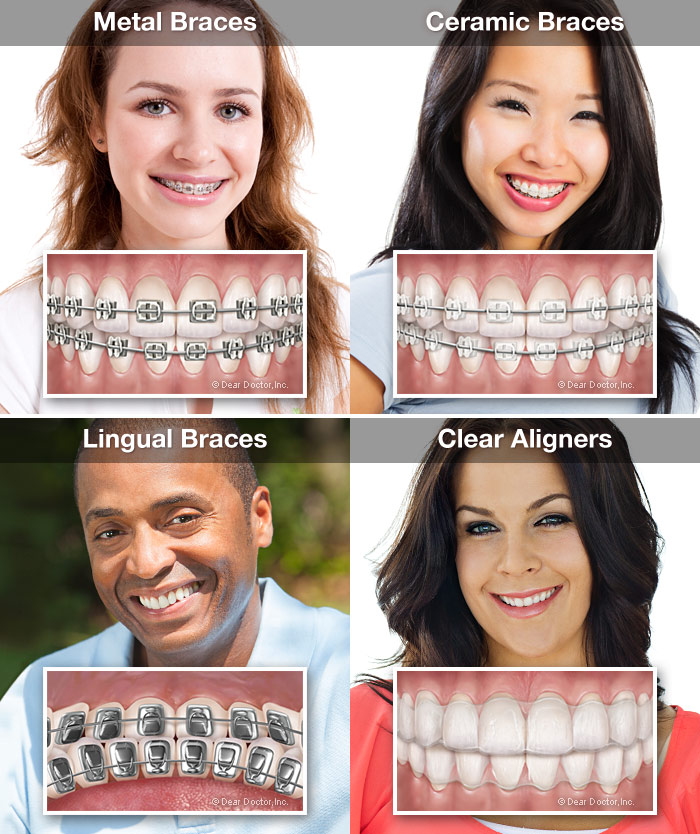The Best Guide To Johnson Orthodontics
About Johnson Orthodontics
Table of ContentsJohnson Orthodontics Things To Know Before You Get This7 Simple Techniques For Johnson OrthodonticsSome Known Details About Johnson Orthodontics Things about Johnson OrthodonticsJohnson Orthodontics Fundamentals ExplainedThe Definitive Guide for Johnson OrthodonticsNot known Incorrect Statements About Johnson Orthodontics
An orthodontist is a dentist educated to detect, protect against, and treat teeth and jaw irregularities. Orthodontists work with people of all ages, from youngsters to adults.All orthodontists are dental practitioners, however not all dentists are orthodontists. Orthodontic residency programs offer extensive, focused instruction for oral professionals. They focus on two areas: Just how to appropriately and securely relocate teeth Exactly how to appropriately lead growth in the teeth, jaw, and faceOnce an orthodontist has finished training, they have the choice to come to be board accredited (https://forums.hostsearch.com/member.php?271701-johnsonortho&tab=aboutme&simple=1).
Johnson Orthodontics - Questions
Imbalance, or malocclusion, is one of the most common reason people see an orthodontist. It is genetic and is the result of size distinctions between the upper and reduced jaw or in between the jaw and teeth. Malocclusion leads to tooth congestion, an irregular jaw, or uneven bite patterns. Malocclusion is usually treated with: Your orthodontist affixes steel, ceramic, or plastic square bonds to your teeth.
If you have only small malocclusion, you may be able to make use of clear dental braces, called aligners, instead of standard dental braces. Some individuals require a headwear to aid relocate teeth right into line with stress from outside the mouth. After braces or aligners, you'll need to wear a retainer. A retainer is a personalized device that keeps your teeth in area.

They're usually used on kids. They can produce added room in the mouth without having to draw teeth. If you have a serious underbite or overbite, you could need orthognathic surgery (additionally called orthodontic surgical procedure) to extend or shorten your jaw. Orthodontists use cables, surgical screws, or plates to support your jaw bone.
3 Simple Techniques For Johnson Orthodontics
During your initial orthodontic consultation, you'll likely have: A dental examPhotos taken of your face and smileDental X-raysPanoramic (360 degree) X-rays of your face and headImpressions to develop mold and mildews of your teethThese tests will certainly aid your orthodontist understand how to proceed with your treatment. An orthodontist is a dental practitioner who's had training to treat your teeth and jaw.
An orthodontist is focused on your bite, so something like a cracked tooth would certainly be handled by a dental practitioner. Orthodontists are concentrated on your bite, or the way your teeth fit with each other, and the straightness of your teeth.
Ever before asked yourself just how stars always seem to have perfectly lined up teeth? Orthodontists are dental experts that focus on dealing with abnormalities in the teeth and jaws.
Johnson Orthodontics for Dummies

These removable trays are personalized to considerably shift the teeth's setting. In cases of narrow jaws, palatal expanders can be made use of to produce room for appropriate tooth positioning.
The Buzz on Johnson Orthodontics
While accomplishing a gorgeous smile is an all-natural perk of orthodontic therapy, the advantages expand much past appearances. Properly lined up teeth and a well balanced bite contribute to enhanced oral wellness in a number of methods: Straight teeth are simpler to clean, which aids avoid dental caries and gum illness. A proper bite permits effective chewing, which assists in food digestion and overall gut wellness.
What is the difference between a dental expert and an orthodontist? All dental professionals, including orthodontists, treat the teeth, gum tissues, jaw and nerves.
You can believe of both doctors that treat gum tissue and teeth troubles. The main distinction is that ending up being an orthodontist requires a certain specialty in treating the imbalance of the teeth and jaw.
About Johnson Orthodontics
An orthodontist is a dental professional that has undergone training to specialize in the medical diagnosis, prevention and therapy of irregularities in the jaw and teeth. Their training includes dealing with these existing conditions (invisalign). They can additionally identify potential issues in teeth positioning that may establish when conditions are left unattended. Orthodontists can help individuals of all ages.
This consists of all the required education and learning to come to be a basic dental expert. According to the American Trainee Dental Association (ASDA), it implies you will certainly need to have either a Physician of Medicine in Dental Care (DMD) or a Physician of Oral Surgery (DDS). Simply put, orthodontists need to finish dental school and after that get an orthodontics specialty education.
See This Report about Johnson Orthodontics

Other than the orthodontist, we commonly see assistants working with these oral professionals in their centers. What is an orthodontist aide called?